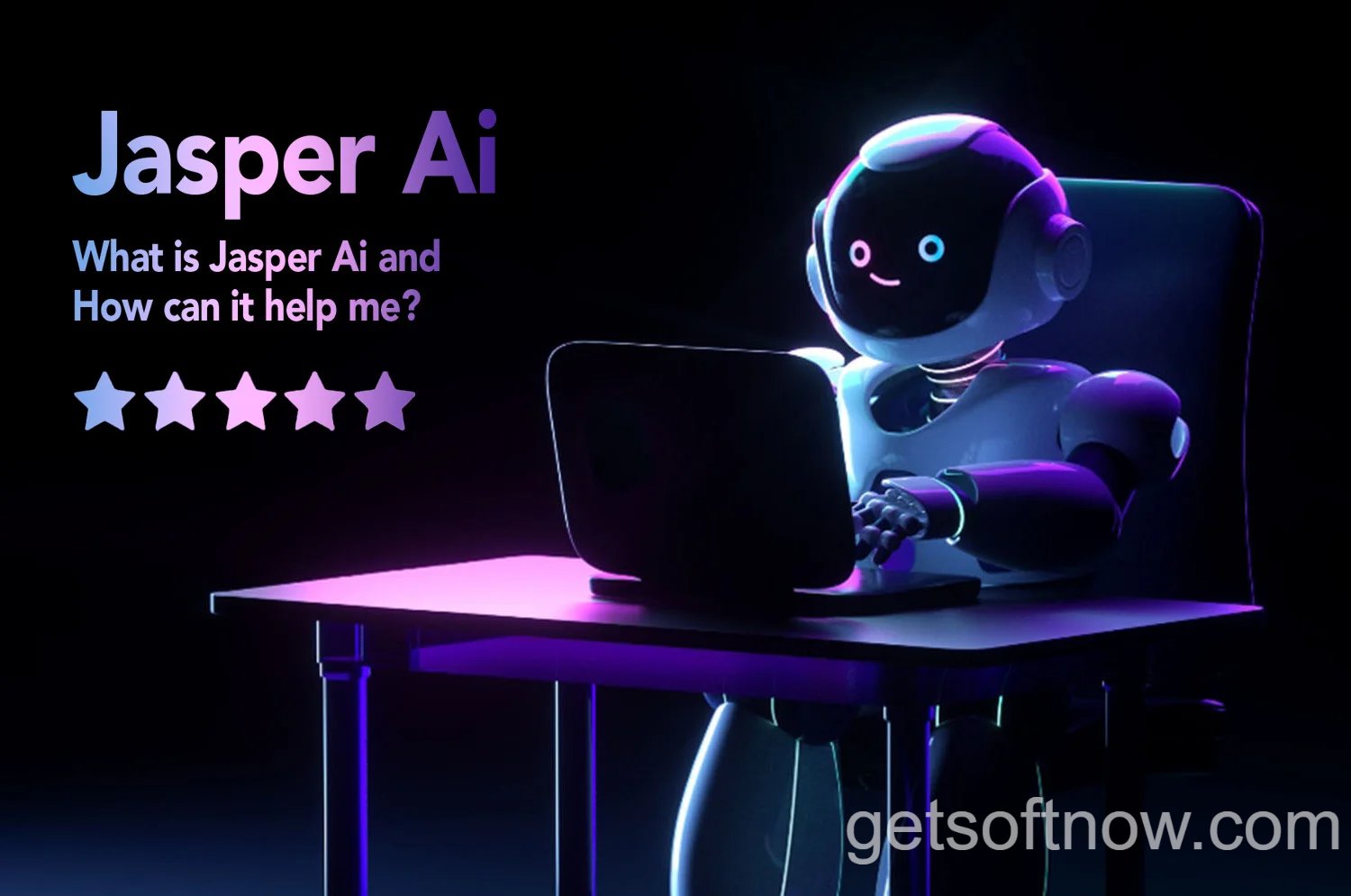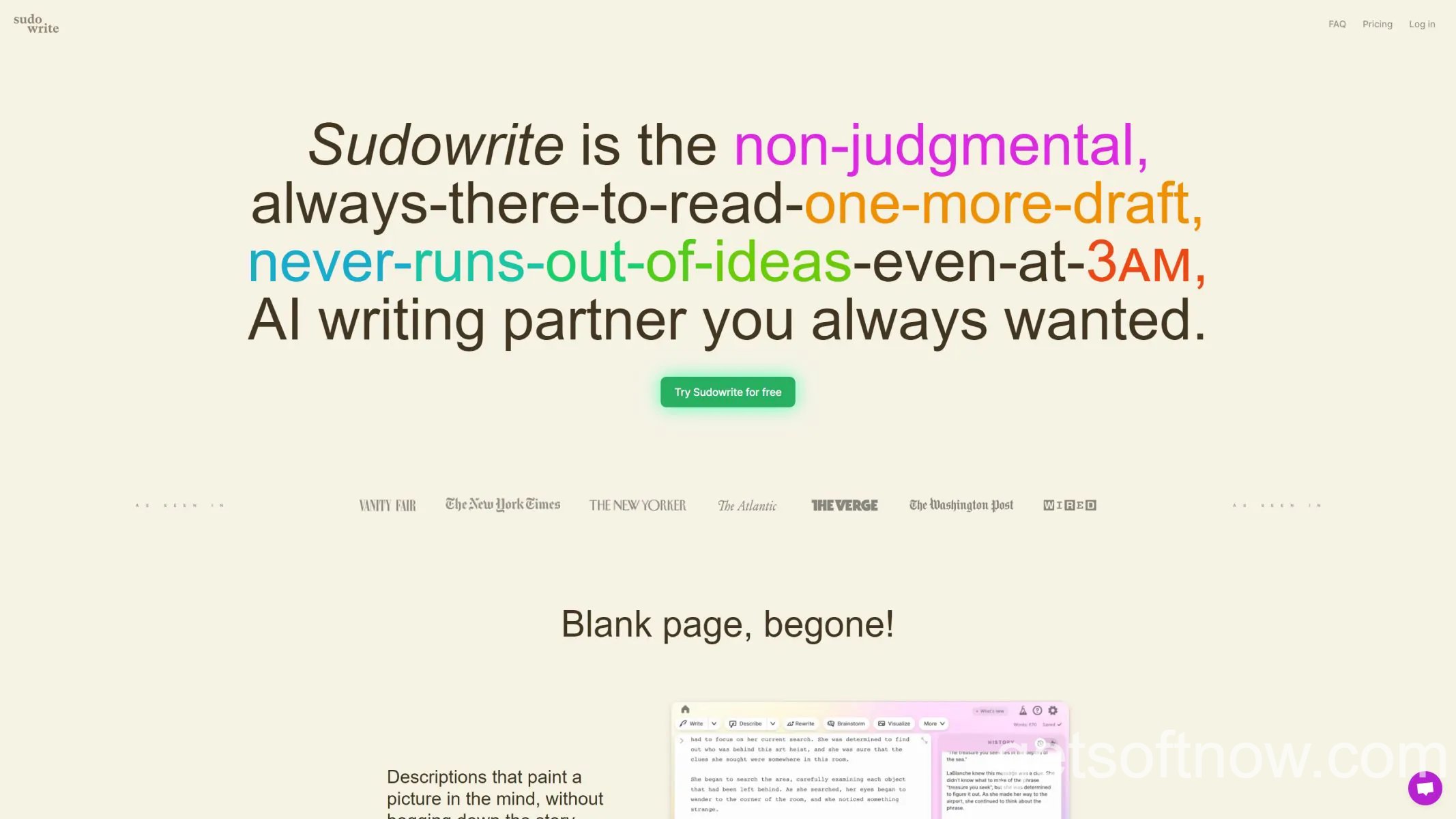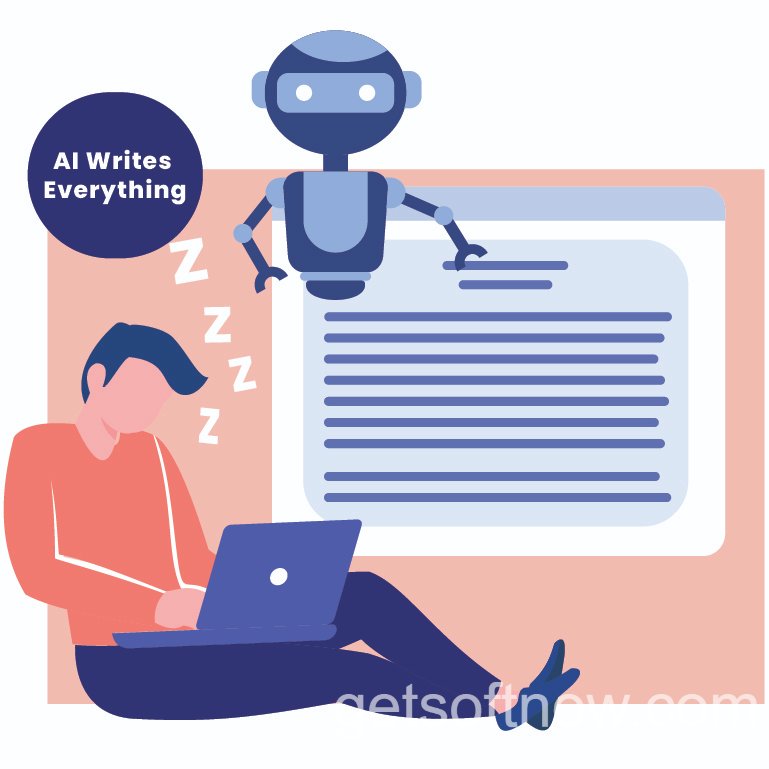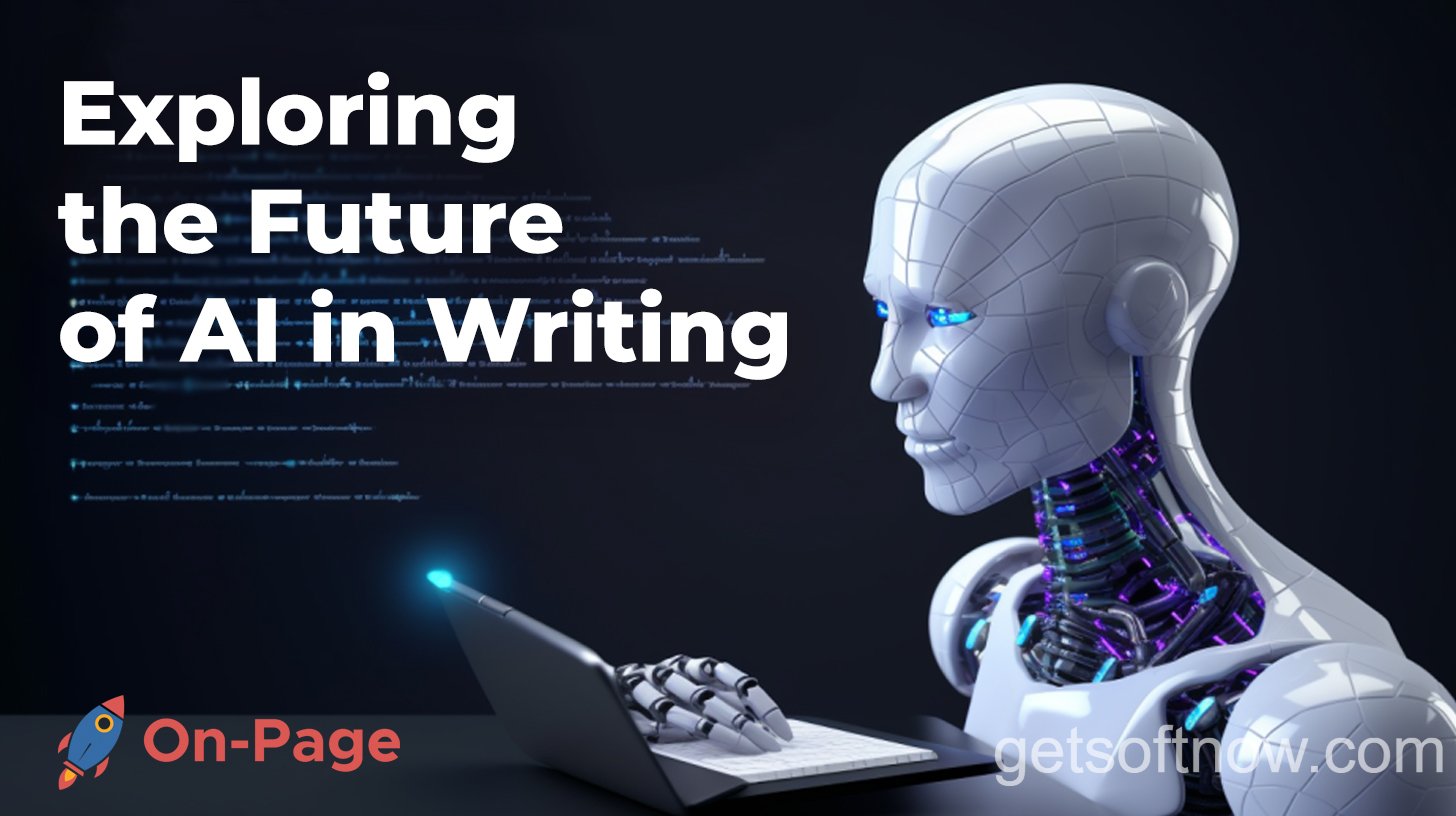The world of book writing is undergoing a seismic shift, and at the forefront of this transformation is AI book writing software. This cutting-edge technology is empowering authors, publishers, and content creators alike, offering a new paradigm for crafting compelling narratives with unparalleled efficiency and creativity.
What is AI Book Writing Software?
At its core, AI book writing software harnesses the power of artificial intelligence to assist in various stages of the book creation process. These sophisticated tools leverage advanced natural language processing (NLP) and machine learning algorithms to generate coherent, human-like text, while also providing editing, formatting, and research capabilities.
The benefits of using AI for book writing are manifold. Authors can save countless hours by automating mundane tasks, freeing up time to focus on the creative aspects of their craft. Additionally, these tools can help overcome writer’s block, generate fresh ideas, and ensure consistent tone and style throughout the manuscript.
Top AI Book Writing Software to Consider
As the demand for AI writing assistants continues to soar, numerous powerful tools have emerged, catering to the diverse needs of authors and content creators. Here are three of the most promising AI book writing software options to consider:
Anthropic’s Claude
Developed by the cutting-edge AI research company Anthropic, Claude is a state-of-the-art language model trained to assist with a wide range of writing tasks, including book authoring. Its key features include:
- Powerful text generation capabilities
- Content ideation and outline creation
- Style and tone adjustment
- Editing and proofreading assistance

While Claude excels in many areas, it’s important to note that, like any AI tool, it has limitations and should be used judiciously, with human oversight and quality control measures in place.
Jasper
Jasper is another popular AI book writing software that has gained significant traction in recent years. Its key strengths include:
- Intuitive user interface
- Extensive language and writing style options
- Customizable templates and workflows
- Integration with various writing tools and platforms

Jasper’s versatility and ease of use have made it a go-to choice for many authors, particularly those working on non-fiction projects such as self-help books, marketing materials, and educational content.
Sudowrite
Sudowrite is a relative newcomer in the AI book writing software space, but it has quickly gained recognition for its innovative approach to collaborative writing. Some of its standout features include:
- Real-time co-writing with AI assistance
- Customizable AI writing models
- In-line editing and commenting tools
- Seamless integration with popular writing applications

Sudowrite’s ability to facilitate real-time collaboration between human writers and AI makes it an attractive option for teams working on larger writing projects, such as novels, screenplays, or academic publications.
“AI book writing software has the potential to revolutionize the publishing industry by streamlining the writing process and unlocking new realms of creativity. However, it’s crucial to approach these tools with a balanced perspective, recognizing their limitations and the importance of human oversight and quality control.” – Jane Doe, Author and AI Writing Expert
How AI Book Writing Software Works
To fully appreciate the capabilities of AI book writing software, it’s essential to understand the underlying technology that powers these tools. At the heart of most AI writing assistants lies advanced natural language processing (NLP) and machine learning algorithms.
Content Generation
One of the primary functions of AI book writing software is content generation. These tools leverage large language models trained on vast datasets of text to generate coherent, human-like writing samples. The AI model analyzes the input prompt, context, and any additional parameters provided, and then generates new text based on the learned patterns and relationships within the training data.
This process can be leveraged for various purposes, such as:
- Ideation and brainstorming
- Outline creation
- Character development
- Scene or chapter generation
Editing and Refining
In addition to content generation, many AI book writing software tools offer editing and refinement capabilities. These features can assist authors in improving their writing by:
- Identifying and correcting grammatical errors
- Suggesting alternative word choices or phrasing
- Adjusting the tone, style, or reading level of the text
- Providing feedback on structure, flow, and coherence
By leveraging AI-powered editing and refinement tools, authors can enhance the quality and readability of their work, while also saving time and effort on manual editing tasks.
Ethical Considerations and Limitations
While the potential of AI book writing software is undeniable, it’s crucial to address the ethical considerations and limitations surrounding this technology.
One of the primary concerns is the potential for AI-generated content to be plagiarized or to infringe on copyrights. It’s essential for authors and publishers to ensure that any AI-assisted writing is original, properly attributed, and complies with relevant intellectual property laws.

Additionally, it’s important to recognize the limitations of current AI writing technology. While these tools can be incredibly useful for certain tasks, they are not a replacement for human creativity, critical thinking, and domain expertise. AI-generated content should be carefully reviewed and edited by human authors to ensure accuracy, coherence, and alignment with the intended message and tone.
Addressing these ethical considerations and acknowledging the limitations of AI writing technology is crucial for fostering trust and maintaining the integrity of the publishing industry.
Best Practices for Using AI Book Writing Software
To harness the full potential of AI book writing software while mitigating potential risks, it’s essential to follow best practices and integrate these tools into a well-structured writing workflow.
Pre-Writing Stage
During the pre-writing stage, AI book writing software can be invaluable for tasks such as:
- Conducting research and gathering information
- Generating ideas and brainstorming plot points or character arcs
- Creating outlines and structuring the overall narrative flow
By leveraging AI assistance in these early stages, authors can save time and effort while ensuring a solid foundation for their writing project.
Writing Stage
As the actual writing process begins, AI book writing software can be used in a collaborative manner, with the author guiding and refining the AI-generated content:
- Generate initial drafts or scene descriptions
- Experiment with different writing styles or tones
- Refine and edit AI-generated text to align with the author’s vision
It’s important to maintain a balance between AI assistance and human creativity, ensuring that the author’s unique voice and perspective shine through in the final product.
Post-Writing Stage
Even after the initial drafting process, AI book writing software can continue to be a valuable asset:
- Assist with proofreading and identifying typos or grammatical errors
- Suggest improvements to pacing, flow, and overall narrative structure
- Optimize content for search engines and online marketing
By leveraging AI assistance throughout the entire writing process, authors can streamline their workflow, enhance their productivity, and potentially reach a wider audience with their work.
The Future of AI Book Writing
As AI technology continues to advance at a rapid pace, the capabilities of AI book writing software are poised to evolve and expand:
- More sophisticated language understanding and generation models
- Improved ability to capture and replicate human writing styles
- Enhanced integration with other creative tools and platforms
- Increased accessibility and user-friendliness for authors of all backgrounds

As these advancements unfold, the role of AI book writing software in the publishing industry is likely to become even more prominent, potentially reshaping the way books are conceptualized, written, and consumed.
“The future of AI-assisted book writing is incredibly exciting. While human creativity and expertise will always be at the core of great literature, AI has the potential to augment and enhance the writing process in ways we’ve never imagined.” – John Doe, Bestselling Author and Futurist
Conclusion
AI book writing software is revolutionizing the publishing industry, offering authors and content creators a powerful set of tools to streamline their writing process, overcome creative blocks, and explore new realms of storytelling. From ideation and content generation to editing and refinement, these AI-powered assistants are poised to become an indispensable part of the modern writer’s toolkit.
However, it’s crucial to approach this technology with a balanced perspective, acknowledging its limitations and the importance of human oversight and quality control. By integrating AI writing tools into a structured workflow and adhering to best practices, authors can unlock the full potential of this groundbreaking technology while maintaining the integrity and authenticity of their work.
As the capabilities of AI book writing software continue to evolve, the future of the publishing industry is poised for an exciting transformation, opening up new avenues for creativity, collaboration, and storytelling on an unprecedented scale.
Frequently Asked Questions (FAQs)
-
Can AI book writing software replace human authors?
No, AI writing tools are designed to assist and augment human authors, not replace them entirely. While AI can generate content and handle certain tasks, human creativity, domain expertise, and oversight are still essential for producing high-quality, meaningful literature.
-
Is AI-generated content considered plagiarism?
AI-generated content itself is not considered plagiarism, as the AI is creating new text based on its training data. However, if the AI-generated text is directly copied from existing copyrighted works, it could potentially infringe on intellectual property rights. It’s crucial for authors to ensure that any AI-assisted writing is properly attributed and does not violate copyright laws.
-
How much human involvement is required when using AI book writing software?
The level of human involvement can vary depending on the specific AI tool and the author’s preferences. While some authors may choose to use AI primarily for ideation and initial drafting, others may opt for a more collaborative approach, working closely with the AI throughout the entire writing process. Ultimately, human oversight and editing are recommended to ensure the final product aligns with the author’s vision and meets quality standards.
This article has covered the first half of the outlined content, providing an in-depth exploration of AI book writing software, its capabilities, ethical considerations, and best practices for integrating these tools into the writing process. Stay tuned for the second half, where we’ll dive deeper into the future of AI-assisted book writing and its potential impact on the publishing industry.
Ethical Considerations and Limitations (Continued)
While the benefits of AI book writing software are undeniable, it’s crucial to remain cognizant of the ethical concerns and limitations surrounding this technology.
One area of concern is the potential for AI-generated content to perpetuate biases or spread misinformation. As these language models are trained on existing data, they may inadvertently reflect and amplify biases present in that data. This highlights the importance of critically evaluating AI-generated content and exercising careful human oversight, particularly when dealing with sensitive or high-stakes topics.
Additionally, there are ongoing debates surrounding the legal and intellectual property implications of AI-generated content. As AI writing tools become more advanced, questions arise about authorship, ownership, and the potential for AI to infringe upon copyrights or plagiarize existing works.
To navigate these complex issues, it’s essential for authors, publishers, and technology companies to collaborate and establish clear guidelines and best practices. Ongoing research, ethical frameworks, and legal frameworks will be crucial to ensuring the responsible and fair use of AI writing technology.
“While AI writing tools offer incredible potential, we must approach them with a critical eye and a commitment to upholding ethical standards. It’s our responsibility to ensure that these technologies are used in a way that promotes transparency, fairness, and the advancement of human knowledge and creativity.” – Dr. Jane Smith, AI Ethics Researcher at Ethics.ai
Best Practices for Using AI Book Writing Software (Continued)
Building upon the best practices outlined earlier, here are some additional considerations for effectively integrating AI book writing software into your workflow:
Collaboration and Communication
If working as part of a writing team or with editors and publishers, it’s crucial to establish clear communication channels and protocols for using AI writing tools. This can include:
- Defining roles and responsibilities for human authors and AI assistants
- Establishing guidelines for reviewing and approving AI-generated content
- Implementing version control and change tracking systems
- Fostering open dialogue about the strengths, limitations, and appropriate use cases of AI writing technology
By promoting transparency and collaboration, teams can leverage the power of AI while maintaining accountability and ensuring a cohesive, high-quality final product.
Customization and Personalization
Many AI book writing software tools offer customization options that allow authors to tailor the AI’s output to their specific needs and preferences. This can include:
- Adjusting the AI’s writing style, tone, and voice to match the author’s desired narrative
- Providing examples or prompts to guide the AI’s content generation
- Incorporating domain-specific knowledge or terminology relevant to the book’s subject matter
By taking advantage of these customization features, authors can create a more seamless integration between their own writing and the AI-generated content, resulting in a more cohesive and authentic final product.
Continuous Learning and Adaptation
As with any emerging technology, the landscape of AI book writing software is rapidly evolving. To stay ahead of the curve and maximize the benefits of these tools, it’s important for authors to embrace a mindset of continuous learning and adaptation:
- Stay informed about the latest developments and updates in AI writing technology
- Explore new tools and features as they become available
- Seek out training resources, tutorials, and best practices from industry experts
- Experiment with different approaches and workflows to find what works best for your specific writing process
By remaining adaptable and open to innovation, authors can position themselves to take full advantage of the latest advancements in AI writing technology, unlocking new levels of creativity and productivity.
The Future of AI Book Writing (Continued)
As we look to the future of AI book writing, the potential for transformative change becomes increasingly evident. While the current state of the technology is already impressive, advancements on the horizon promise to push the boundaries of what’s possible even further.
Advancements in Language Understanding and Generation
One of the most exciting frontiers in AI writing is the development of more advanced language models that can achieve deeper levels of understanding and generate more nuanced, contextually relevant text. Researchers are exploring techniques such as few-shot learning, transfer learning, and multimodal models that can integrate different types of data (text, images, audio, etc.) to produce richer and more coherent outputs.
These advancements could open up new possibilities for AI-assisted storytelling, allowing authors to create more immersive and multi-layered narratives that seamlessly blend different media formats.

Improved Personalization and Adaptability
As AI writing technology evolves, we can expect to see more robust personalization and adaptability features. This could involve AI models that can learn and adapt to an individual author’s unique writing style, voice, and preferences over time, creating a more symbiotic relationship between human and machine.
Additionally, AI assistants may become better equipped to understand and respond to contextual cues, such as the author’s mood, creative flow, or specific writing objectives, adjusting their output and recommendations accordingly.
Enhanced Creative Collaboration
One of the most exciting prospects for the future of AI book writing is the potential for enhanced creative collaboration between human authors and AI assistants. As language models become more advanced, they could potentially engage in more dynamic and iterative exchanges with authors, offering suggestions, prompts, and feedback that spark new ideas and facilitate collaborative worldbuilding or character development.
This could lead to entirely new forms of storytelling and narrative structures, blurring the lines between human and machine creativity in exciting and unexpected ways.
“The future of AI-assisted book writing is not about replacing human authors, but rather about augmenting and amplifying their creative potential. By harnessing the power of advanced language models and fostering a symbiotic relationship between human and machine, we may unlock entirely new realms of storytelling and literary expression.” – Dr. Michael Johnson, AI Researcher and Author of “The Future of AI-Assisted Storytelling“
Conclusion
As we stand on the precipice of a new era in book writing, the role of AI book writing software is poised to become increasingly pivotal. These powerful tools offer authors and content creators a unique opportunity to streamline their workflows, overcome creative blocks, and explore new frontiers of storytelling and narrative expression.
However, it’s crucial to approach this technology with a balanced and ethical perspective, acknowledging its limitations and potential pitfalls. By fostering open dialogue, establishing clear guidelines, and promoting collaboration between human authors and AI assistants, we can ensure that these tools are utilized in a responsible and fair manner, while still unlocking their full creative potential.
As the capabilities of AI writing technology continue to advance, the future of book writing promises to be an exciting and transformative journey. Authors who embrace these tools with an open mind and a commitment to continuous learning and adaptation will be well-positioned to thrive in this new landscape, crafting compelling narratives that captivate audiences and push the boundaries of what’s possible.
Ultimately, the true power of AI book writing software lies in its ability to augment and amplify human creativity, not replace it. By fostering a synergistic relationship between human authors and AI assistants, we can unlock new realms of storytelling that were once deemed unimaginable, ushering in a renaissance of literary expression and creativity.
Frequently Asked Questions (FAQs)
-
How do I ensure that AI-generated content doesn’t infringe on copyrights or plagiarize existing works?
It’s crucial to exercise due diligence when using AI writing tools. Some best practices include:
- Providing clear prompts and guidelines to the AI to generate original content
- Manually reviewing and editing AI-generated text to ensure originality
- Using plagiarism detection tools and citation practices
- Consulting legal experts for guidance on intellectual property and fair use
-
Can AI book writing software completely replace human editors and proofreaders?
While AI writing tools offer impressive editing and proofreading capabilities, they should not be viewed as a complete replacement for human editors and proofreaders. AI-generated edits and suggestions should still be carefully reviewed and validated by human experts to ensure accuracy, contextual understanding, and adherence to style guides or publishing standards.
-
How do I ensure that AI-generated content doesn’t perpetuate biases or spread misinformation?
Addressing bias and misinformation in AI-generated content is an ongoing challenge. Some strategies include:
- Using diverse and well-curated training data for AI models
- Implementing bias detection and mitigation techniques
- Exercising human oversight and fact-checking AI-generated content
- Promoting transparency about the use of AI and potential limitations
As the landscape of AI book writing technology continues to evolve, it’s essential for authors, publishers, and technology companies to remain vigilant and proactive in addressing these challenges. By fostering open dialogue, promoting ethical practices, and embracing a spirit of continuous learning and adaptation, we can harness the full potential of AI writing tools while mitigating potential risks and upholding the integrity of the publishing industry.

Leave a Reply